Soup can be one of the most finicky dishes to make. While seemingly innocuous at first, the texture of this meal can change in an instant. For example, adding too many vegetables can result in soup that's too watery, such as tomatoes, which contain a lot of liquid.
Luckily, if you find yourself with an unsatisfyingly thin soup, we have a few tricks that'll help you achieve that hearty texture in an instant.
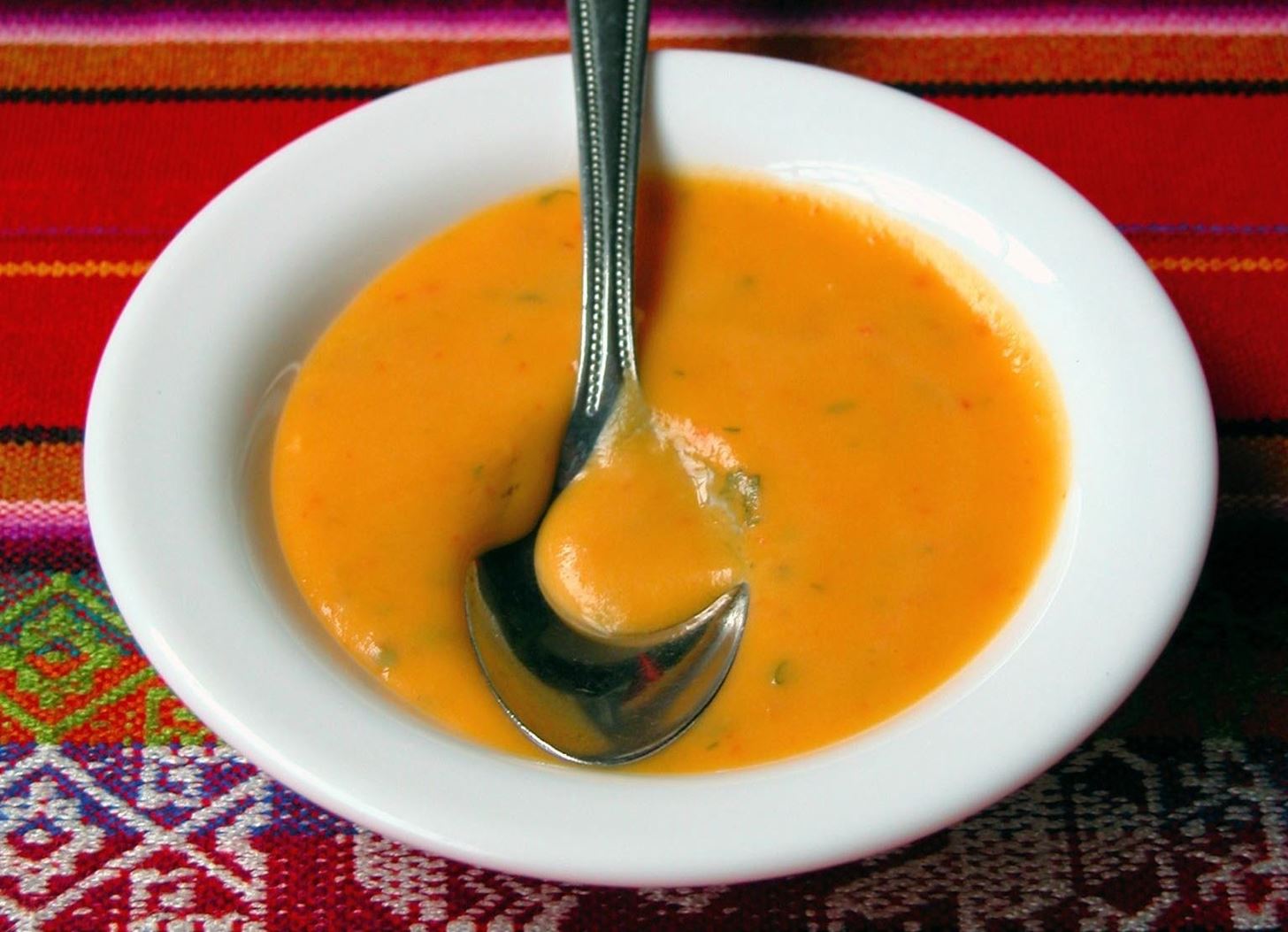
Before We Jump into the Thick of Things, Let's Talk Starches
Starch is a carbohydrate that comes from grains and roots. All starches are insoluble in cold water or alcohol, meaning they can't dissolve in these solutions. Simply throw a tablespoon of starch in cold water to see what we mean. The grains will clump instantly and sink to the bottom.
What's happening when you add starch to your soup: it thickens the dish by absorbing liquid. However, simply throwing it in water causes the outer hull of the starch molecule to gelatinize, sealing off the rest of the starch before it gets a chance to disperse. (This can be a handy nuance, however, when cleaning up spills.)
#1: Add Flour or Cornstarch
The key here is to whisk starch in a small portion of water before adding the "slurry" to the hot soup in order to thicken the soup and avoid any unappetizing clumps. Once introduced, the rapid movement of the hot liquid's molecules disrupts the starch, causing its granules to swell, erupt, and release more grains into the liquid. As the granules absorb liquid at an even rate, the solution begins to thicken and you get that desirable thick, creamy consistency.

#2: Make a Roux
Reserved for more delicate sauces, a roux helps you avoid the pitfalls of the slurry. Unlike the slurry, which is prone to lumping and a raw flour taste, a roux's recipe cooks out the raw flavor and requires butter, which coats the flour and evens out its texture.
Whisk together equal parts flour and butter, then cook over medium heat before stirring in broth. As the starch from the flour absorbs the liquid, the mixture thickens. Just watch out. The longer a roux is cooked, the less thickening power the flour has. If you do end up losing denseness, however, just throw in a few more tablespoons.

When making a roux, you can either make it in the soup pot before adding the rest of your soup's ingredients or you can prep it and keep it in the fridge for up to a week. To get the finer details, peek at this video.
#3: Add Stale Bread or Tortillas
Tear stale bread into chunks and soak them in a small bowl of strained soup. Purée and reintroduce into the main pot. If you want more flavor, use a bread made with aromatics—rosemary, thyme, etc. Remember, baked bread is a starch and absorbs liquid just like flour.
Corn tortillas will work, too, and you'll often see recipes for chili or tortilla soup that use them as a thickening agent. Theoretically, flour tortillas or even finely processed corn chips should work.
#4: Add Oats
Whole or quick oats can also be used as a thickener and work much in the same way that stale bread does; the starch in the oats absorbs the liquid, and as the oats dissipate in the broth, they lend their free starch molecules to the overall consistency of the soup. Add a small amount of oats, stir, then allow the soup to simmer for a while—the oats will eventually dissolve into the soup and leave behind a thicker texture.
Some recipes call for bread to be used as a thickener, such as potato-leek soup. Oats can be used as a substitute for this as well: simply add ½ cup oats for each slice of bread.
#5: Add Yogurt
If you don't mind the tartness, plain yogurt creates a great creamy texture when mixed with soup and offers a lighter alternative than the previous starch-heavy options. If you're making tortilla soup, the addition of yogurt adds a lovely tangy flavor.

#6: Add Coconut Milk
While coconut milk is often used to add texture to curry, it can also bring creaminess and a sweet undertone to soup—you'll get a hint of coconut in your meal without it being overwhelming. Plus, it's a great option for anyone who's lactose-intolerant.

Note: If you're going for a thicker, denser soup, opt for the starch alternatives. If you want a creamier, silkier mouth-feel, try the "milk"-based options.
#7: Purée Ingredients
If you have a blender on hand, simply purée a small amount of your soup's ingredients and then return them to the pot. Start with half-cup portions and adjust accordingly. It's a technique often used in kitchens and adds body to your recipe while keeping its original flavor.
Of course, making the most out of a lovely soup doesn't stop there. Skim the savory fat from your concoction and save it for "eye-rollingly good sauce" later.
Just updated your iPhone? You'll find new emoji, enhanced security, podcast transcripts, Apple Cash virtual numbers, and other useful features. There are even new additions hidden within Safari. Find out what's new and changed on your iPhone with the iOS 17.4 update.
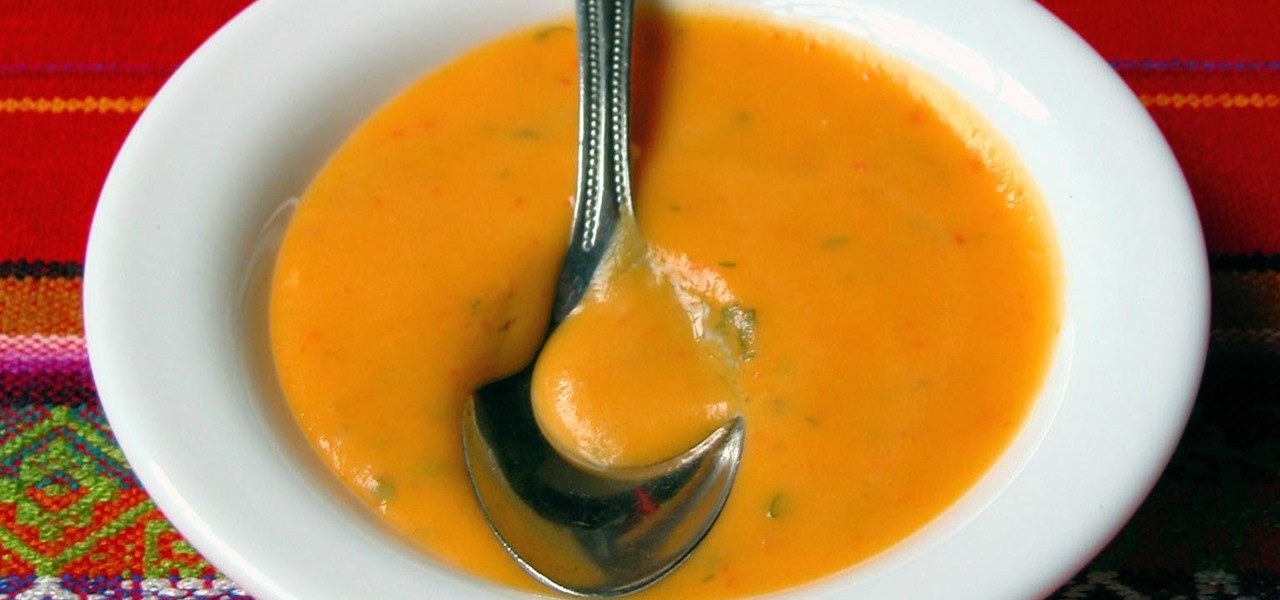








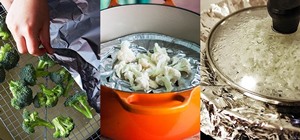





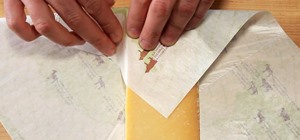
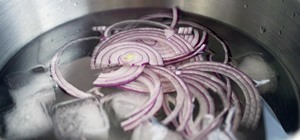






5 Comments
Shhhhhh.... Keep it secret, a couple tablespoons of instant potato flakes add an instant creamy thickener in seconds!
Great tip!
That is a great tip! It can also be used to thicken gravy, too.
#SecretSecret ... Use Dry Milk To Thicken!
Huh, never thought of that. I'm guessing it has to be whole milk in its powder form, not low-fat, right?
Share Your Thoughts